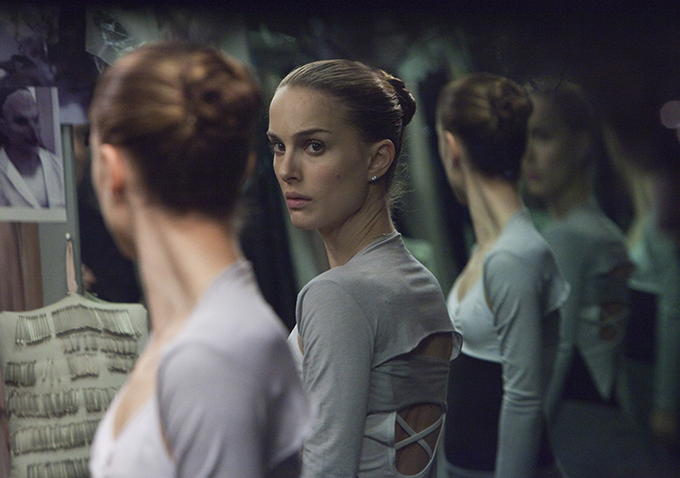 Vimeo user Jacob T. Swinney has cut together a number of studious, fastidious video essays covering techniques employed by numerous filmmakers working today. He’s focused on the extreme wide shots regularly used by Paul Thomas Anderson. He’s analyzed the evolution of Batman in cinema (which is awesome). He’s even found the time to examine Steve McQueen’s lingering camera.
Vimeo user Jacob T. Swinney has cut together a number of studious, fastidious video essays covering techniques employed by numerous filmmakers working today. He’s focused on the extreme wide shots regularly used by Paul Thomas Anderson. He’s analyzed the evolution of Batman in cinema (which is awesome). He’s even found the time to examine Steve McQueen’s lingering camera.
Two days ago, the talented filmmaker and editor turned his attention to Darren Aronofsky, proffering the following thesis: “Darren Aronofsky seems to favor tracking shots that capture his characters from behind rather than the front or side (most frequently in ‘The Wrestler‘ and ‘Black Swan‘). Using a dolly, Steadicam, Snorricam, or handheld camera, Aronosfky makes us feel as if we are being dragged through a scene. These shots are most often employed when his characters are experiencing times of stress or disorder. As they journey blindly into the unknown, we are forced to follow them.”
It’s easy to see what techniques are common throughout Aronofsky’s work (there are only six features on his resumé) and Swinney’s supercut does an excellent job highlighting one of them —he makes his point about “Black Swan” and “The Wrestler” pretty emphatically. For the first 27 seconds of the supercut, those are the only two films he spotlights and he features them repeatedly over the next three minutes. But probably the most unsettling of the behind shots comes not from either of those films, but rather from “Pi” or “Requiem for a Dream.” Disturbing as both “Pi” and “Black Swan” are, it’s hard to top ‘Requiem’ when it comes to viewer unease.
Watch the video essay below. [35 MM]





